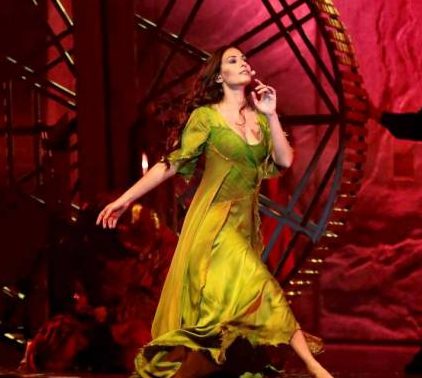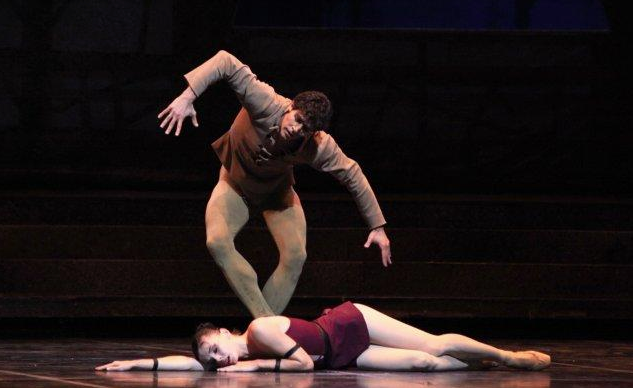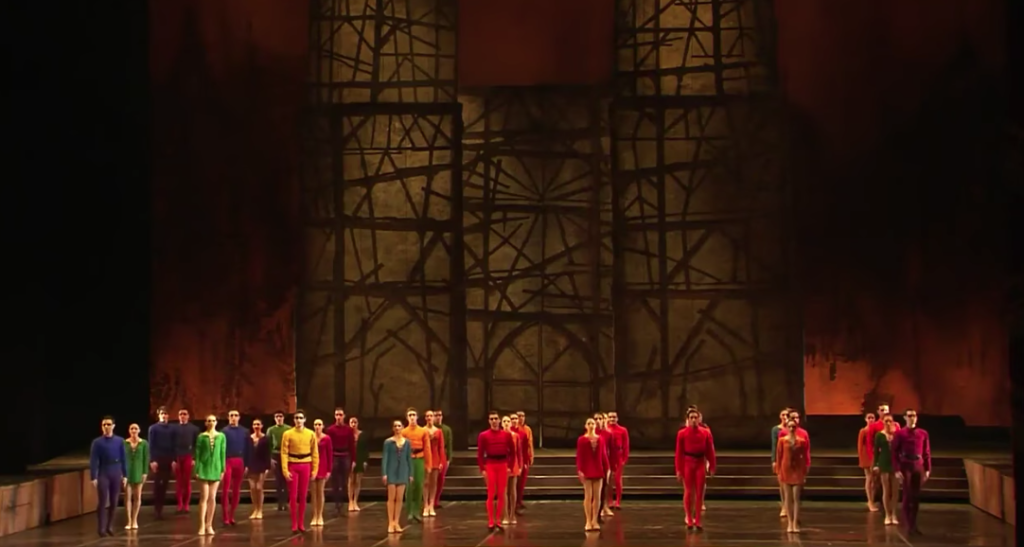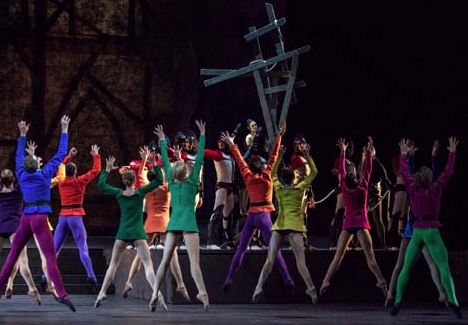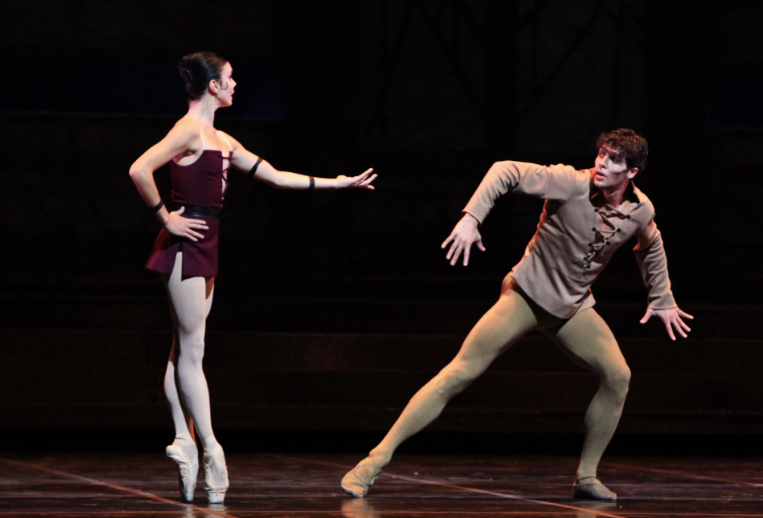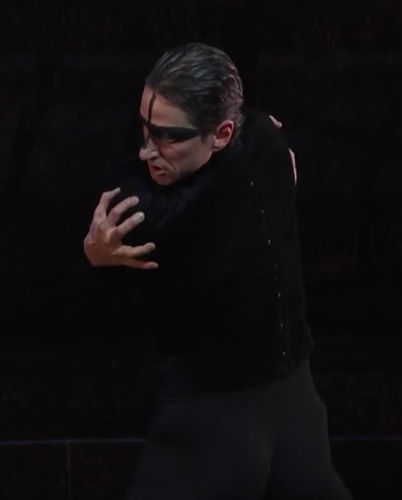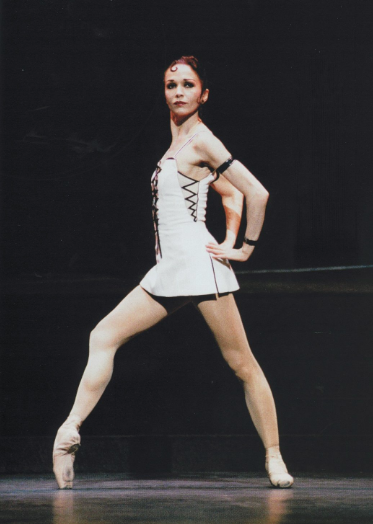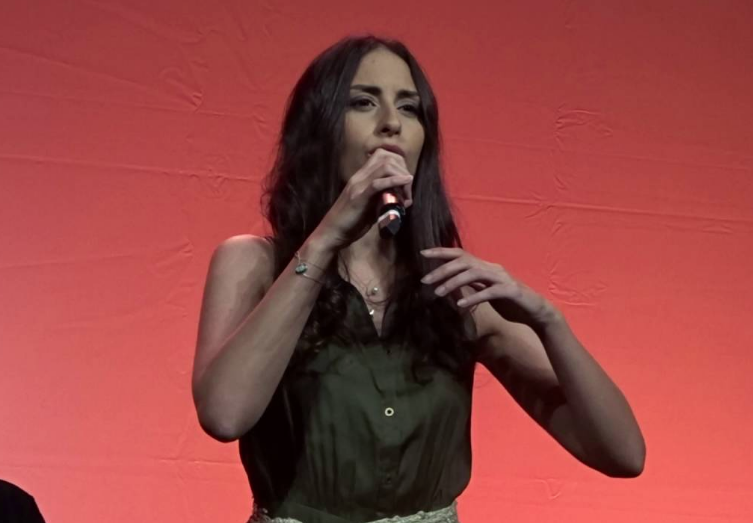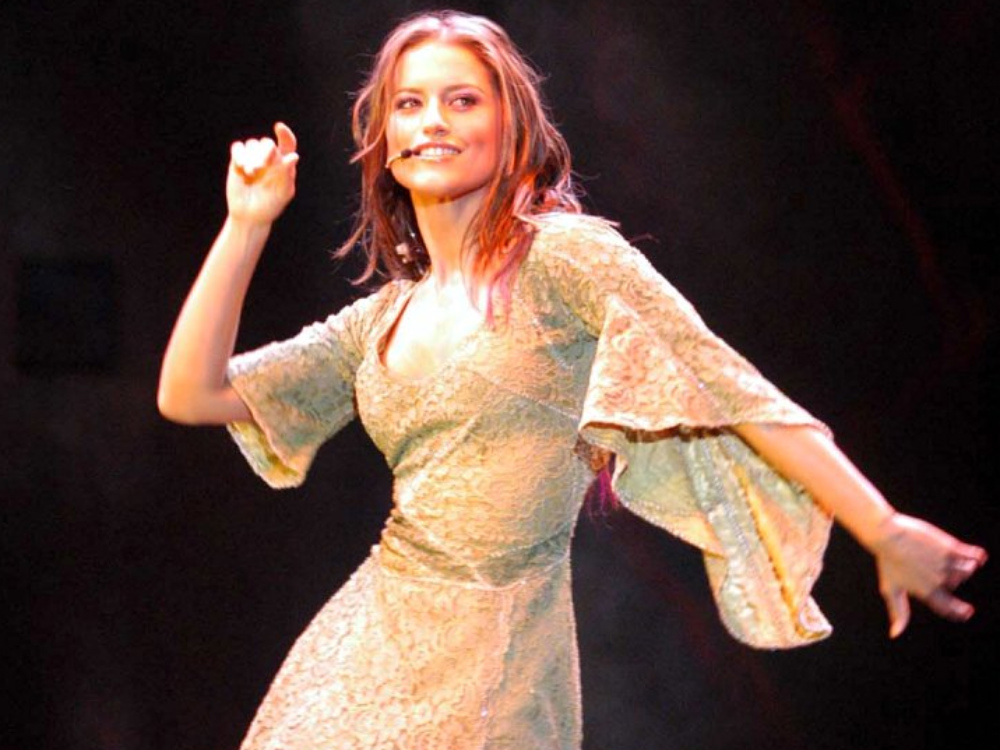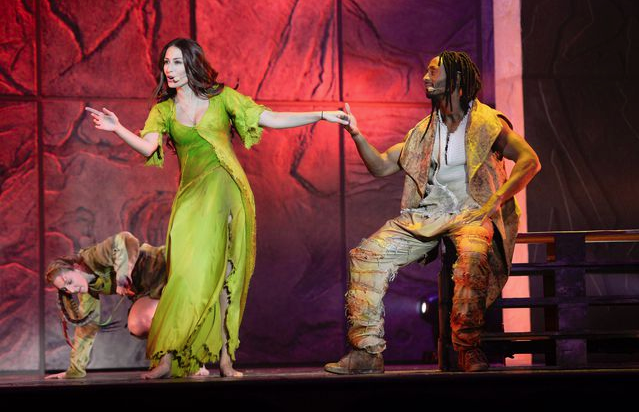Hey all, I’m sorry I haven’t been updating and I’m sorry that I haven’t finished watching/reviewing The Magical Adventures of Quasimodo. I’m not going to go into reasons or excuses as to why as they pertain to matters of my personal life and I am not going there on this platform. All I really can say I’m not sure when I will get back to those review posts. Just know that I would like to at some point. For now posts will remain sporadic.
And now an unrelated story.
So I also write Hunchback content on Hubpages. Way back in the before times of 2011 I did a page on Esmeralda’s green costume from Notre Dame de Paris. She wears this costume throughout the first act. You can see that hub here.
On this page I compare the different versions of the costume from production to production. Mostly the costume is fairly consist from cast to cast with minimum differences in the overall design. Basically aside from the Italian version, which deviated in design very early on from the Original French version and the Korean version being darker, the costume has remained mostly unchanged from the original 1998 design.
There some changes though. For instance the costume was getting tighter and shorter especially from 2012 to 2015. Good for sex appeal but not for dancing. In 2021 I decided to update all my hubpages which is still an ongoing thing since many require a lot more work. I should mention that prior to my update of the Esmeralda’s green costume page I hadn’t updated it since 2015, a year before the current World Tour production, can’t really say cast since the cast has changed since 2016.
In the 2015 update of my page, I added an observation which basically said that the costume needed a redesign because the newer iterations lacked movement. And in 2016 they did update the costume along with some others in the musical.
The new version of Esmeralda’s green costume has lots layers of lightweight fabric to show off the performer’s movement.
COINCIDENCE?
Maybe. It is suspect though given the timing. Perhaps my obsessive breakdown of the costume gave the production the idea to do a redesign. Perhaps it was parallel thought. Perhaps my page was one voice amongst many asking for a change. I do not know. More than likely it’s a case of parallel thought and the production and I had the idea independently of each other. The simplest explanations are typically the most likely.
Would I like to think I had something to do with it? Yes I would.
It is nice to see that the costume got more movement since that should add to the overall experience for the audience who is watching the musical live. And I guess I can comment on that further when I see it next month (July 2022) in New York City!


